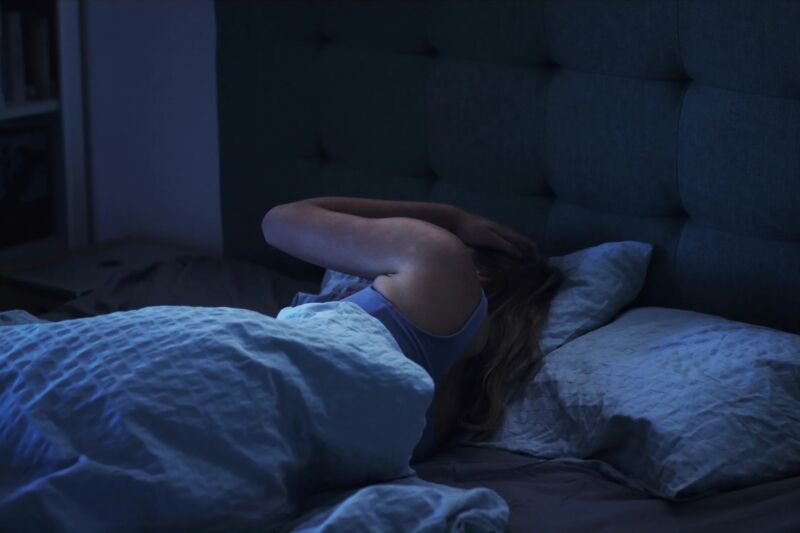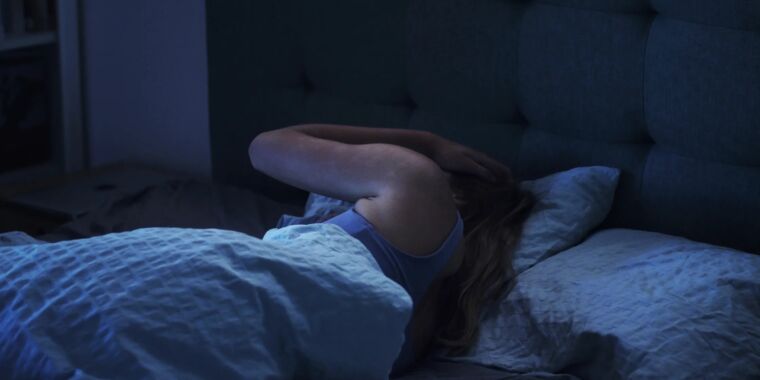
Getty Images
It’s long been a mystery why one of the most basic human experiences—feeling physical pain—fluctuates in intensity throughout the day. Since the early days of medicine, doctors and patients have noticed that many types of pain tend to get worse at night. Most research so far has tried to link mounting nighttime pain to sleep deprivation or disrupted sleep, but with limited success.
In a recently published study, scientists led by Claude Gronfier at the Lyon Neuroscience Research Centre in France have finally shed light on changing pain sensitivity, suggesting that our circadian clock strongly shapes these shifts, with a characteristic peak and trough of intensity at different times of day.
Even people who can’t dance have internal rhythms thrumming through every system in their body. Known as circadian rhythms, these biological processes tune their activity to rise and fall at precise times across the day, driven by the body’s internal clock. They influence pretty much every bodily system, exerting control over “almost all aspects of our physiology and behavior,” says Lance Kriegsfeld, a circadian biologist at the University of California, Berkeley.

The work by Gronfier and his team revealed the influence of these rhythms on pain by showing that a short, painful heat stimulus was perceived to be most painful around 3 am and least painful at approximately 3 pm. “It’s very exciting,” says Nader Ghasemlou, a pain scientist at Queens University in Kingston, Canada, who wasn’t involved in the research. “It is one of these studies that is answering questions that we’ve had for a long time.”
Uncertainties have persisted for so long because proving that anything is driven by the body’s internal clock is difficult and requires a grueling study design. Researchers must put participants in a controlled laboratory setting where they can rule out any environmental or behavioral factors that could also cause a rhythmic fluctuation. This approach is called a “constant routine protocol,” where everything is kept constant—lighting, temperature, access to food—and it’s impossible to tell what time it is. Participants must lie down in a semi-recumbent position in a dimly lit room for at least 24 hours. They’re not allowed to sleep, leave, or stand to use the bathroom. Food is given only as small snacks every hour. Participants can chat with study team members, but staff are strictly forbidden from mentioning anything related to the time. Under the protocol, nothing in the environment or the participants’ behavior is rhythmic anymore, Gronfier explains. So if the researchers spot a biological measure that has a 24-hour rhythm, that pattern “emanates from within, and precisely from the circadian timing system.”
To uncover pain’s rhythmic nature, Gronfier’s team found 12 healthy young men who agreed to undergo the protocol for 34 hours. Every two hours, the team tested their pain sensitivity using a device placed on the forearm that slowly increased in temperature by 1° Celsius until they reported pain. Participants usually stopped the device before it reached around 46° Celsius (115° Fahrenheit). The participants were also tested with the device set at specific temperatures (42°, 44°, and 46° Celsius), and then asked to rate on a visual scale the level of pain they felt.
Before the team could look for rhythms in this data, they had to get a measure of each person’s body clock. While everyone’s rhythms follow a daily cycle, some are skewed earlier or later in the day—leading to “morning larks,” “night owls,” and everyone in between. The team did this by collecting hourly saliva samples to evaluate the rise of melatonin, a hormone released about two hours before someone’s normal bedtime, and then used this information to synchronize everyone’s rhythms against a single 24-hour clock. A clear cycle of pain then emerged. On average, sensitivity peaked between 3 am and 4 am on this standardized measure before reaching its lowest point about 12 hours later.








